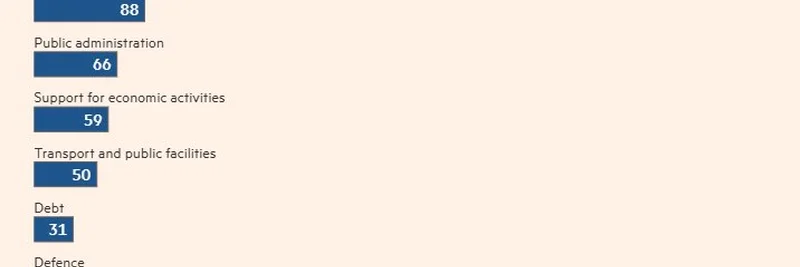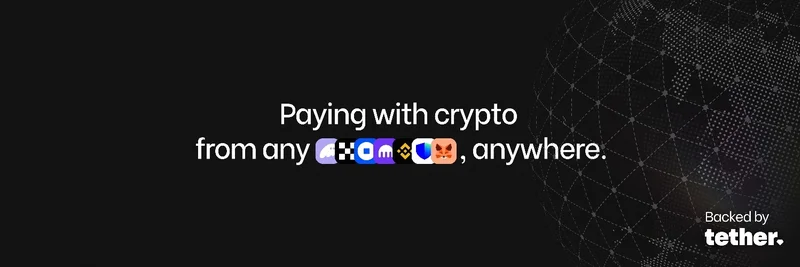A recent tweet from Michael A. Arouet (@MichaelAArouet) has sparked discussions about France's fiscal challenges, highlighting a breakdown of where taxpayer money goes. The post points out the unsustainability of France's spending structure, dominated by social security, and the tough choices ahead, like extending working years or reducing pensions. For those in the meme token space, this chart isn't just about traditional economics—it's a mirror reflecting how projects manage their treasuries and allocations for long-term survival.
Understanding the French Tax Breakdown
Let's break it down simply. Out of every €1,000 collected in taxes for 2023, a whopping €561 goes to social security, covering pensions, health, and family support. That's more than half the pie! Education gets €88, public administration €66, economic support €59, transport and facilities €50, debt servicing €31, and defense another €31. Then there's the "other" category at €114, which includes research, culture, security, environment, infrastructure, and justice.
The source? Reliable data from Insee and DG Trésor, France's economic institutions. Arouet's point is clear: with such heavy reliance on social spending, balancing the books means cuts there—something politically explosive in France, known for its strong social welfare system.
Parallels to Meme Token Projects
Now, why should meme token enthusiasts care? Think of a meme token's treasury like a government's budget. Many projects start with hype, raising funds through token sales or liquidity pools, but sustainability comes from smart allocation. Just as France pours over 50% into social security to keep citizens happy and healthy, meme tokens often allocate big chunks to community rewards, airdrops, and marketing to maintain engagement.
But here's the rub: overspending on "social security" equivalents—like endless giveaways or yield farming—can lead to inflation or rug pulls if not balanced. Education in the chart? That's like investing in project development, tutorials, or partnerships to build real utility. Skimp here, and your token remains a pure meme without substance, vulnerable to market dumps.
Debt servicing at €31 mirrors token burns or buybacks to manage supply and value. Defense? Protecting against hacks or scams through audits and security measures. And that "other" bucket? It's the miscellaneous like legal fees, listings, or innovation—essential but often underfunded in rushed projects.
Lessons for Blockchain Practitioners
In the crypto world, where volatility reigns, learning from traditional economies can prevent common pitfalls. For instance, France's situation warns against over-reliance on one area. Meme tokens that dump 70% of funds into hype without building infrastructure often fade away. Instead, aim for balance: 40-50% on community (your "social security"), 20% on development (education), 10-15% on security (defense), and reserves for debt-like mechanisms.
Projects like Dogecoin or Shiba Inu have survived by evolving beyond memes, investing in ecosystems and partnerships. If you're launching or holding a meme token, ask: Is our spending sustainable? Will we need to "cut pensions" (reduce rewards) later, risking community backlash?
By drawing these analogies, Arouet's tweet isn't just a critique of France—it's a blueprint for smarter tokenomics. Stay informed, allocate wisely, and your meme token might just outlast the hype cycle.
For more insights on meme token strategies and blockchain news, check out our knowledge base at Meme Insider. What's your take on applying fiscal lessons to crypto? Drop a comment below!




